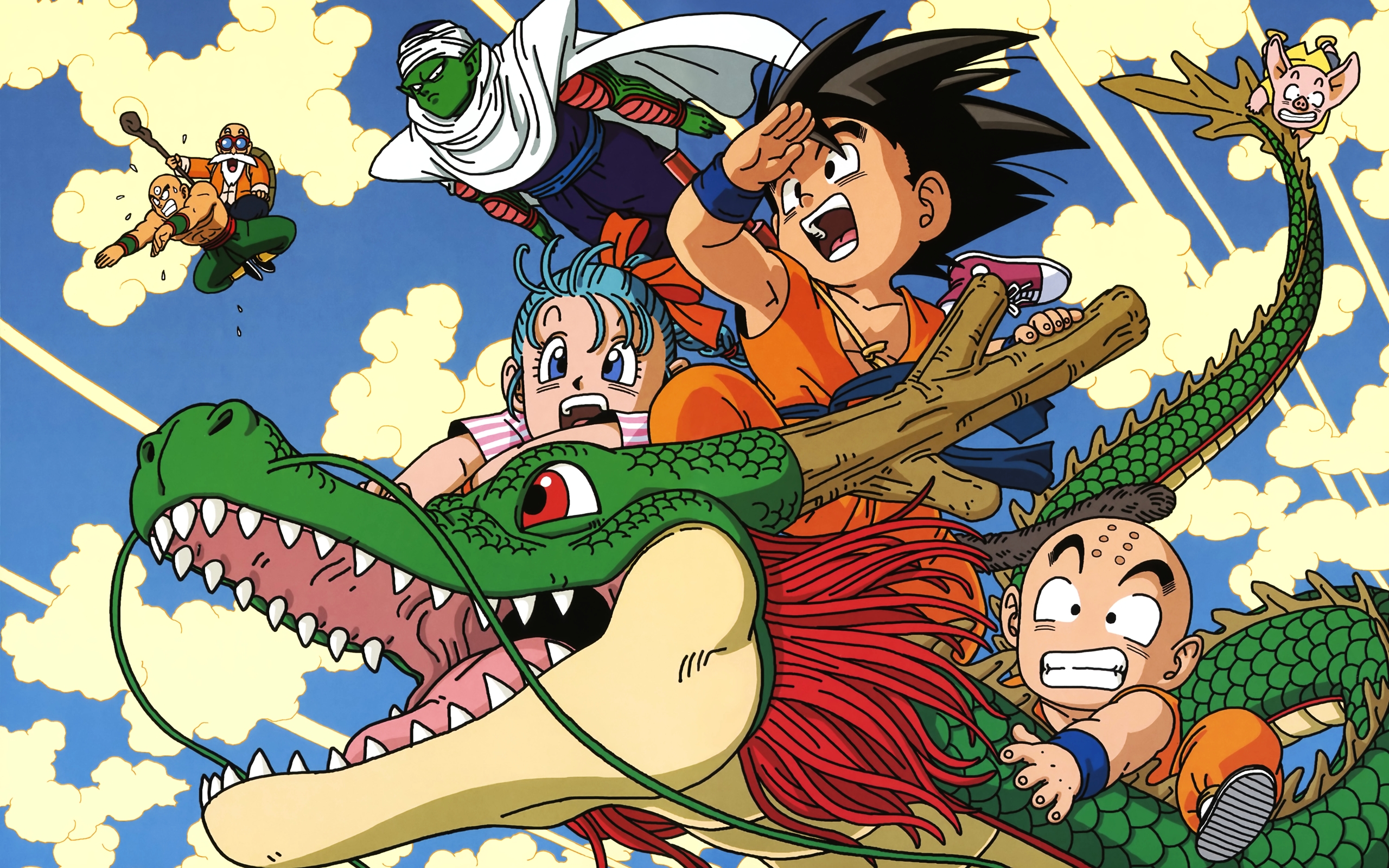The Annals of AP Research
Only 7 more weeks of AP Research. Man, it’s almost over. I can’t believe that we are already finished collecting and analyzing our data. My research has yielded results that I did not see coming, and I have noticed connections between my themes that I had never even thought of before. But I guess, that is the whole point of my research. I found 6 overarching thematic differences between Americanized and Japanese anime and around 15 different sub themes. I am excited to write my results section, however, with so much data/details it is difficult to find a format to effectively present the themes. Therefore, I have looked through pages and pages of JStor and my Google Drive folder to come up with the following three sources to guide me:
 |
| I have thoroughly scoured the annals to find the best sources to use for my results section. |
The first source that I will be using is the thematic guide by Dr. Braun and Dr. Clarke. This was the same paper that I used in my methods to layout my thematic analysis. Braun and Clarke also outline how to present the results of a thematic analysis. Having said that, Braun and Clarke’s paper does not go into detail about a specific format for the themes that I have found, rather they give general guidelines on what the results and discussion sections should include. Perhaps the biggest advice they give is to use “vivid examples, or extracts” that demonstrate the essence of the theme “without unnecessary complexity” (23).
The next source I looked at was Ralph Donald’s “Anti-War Themes in Narrative War Films.” Donald conducted a thematic analysis on around 20 different films. In his results section, Donald follows a very simple, yet effective structure. Each theme is given its own section. Then, within each section, Donald uses different examples from his analysis to portray the theme in action. Donald only found three overarching anti-war themes but for each he gave an example from each of the 20 films he watched.
The final source is John Weakland’s “Themes in Chinese Communist Films.” Within his results section, Weakland first gave a list of all the themes he found followed by a brief description of the essence of the theme. After that list, Weakland talked about all of the themes as a whole. He looked at the connections between the themes, how the themes are related, how they contradict, and so on. However, unlike the previous two sources, Weakland did not provide any specific examples of each theme.
I am aiming to make my results section Ralph Donald’s results sections. I believe that Weakland will be more useful for my discussion section. First, I will devote a small subsection to each theme, I have 6 in total. Within each subsection, I will talk about the different manifestations of the themes and give examples for each manifestation. My only worry right now is going over the word count or leaving the reader confused, but I know it will all work out at the end (hopefully).
Word Count: 491













